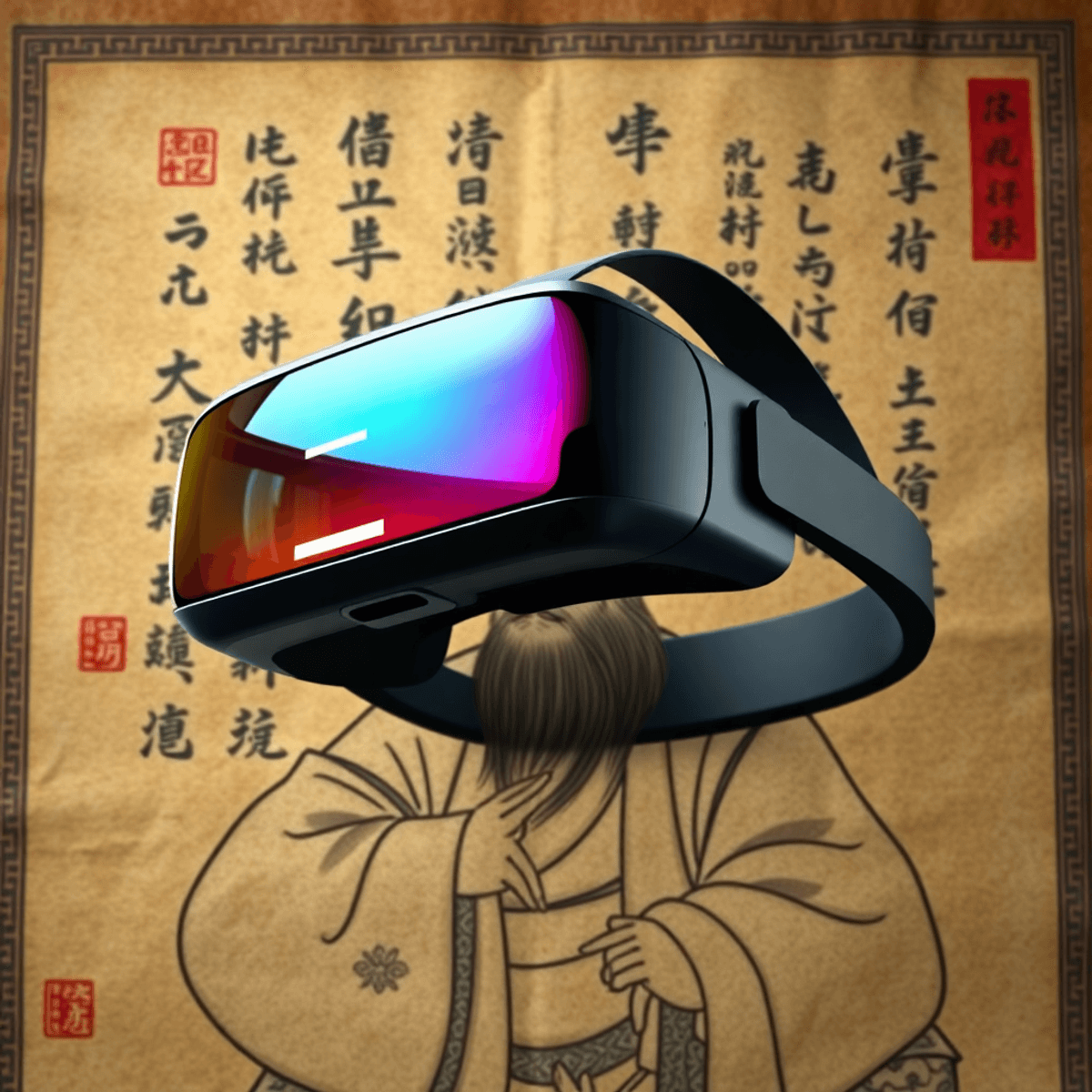
The latest large-scale VR immersive experience, “The Recluse Dongpo,” premiered at the Hainan Museum in May. It shows how VR is driving increased interest in cultural attractions.
In this article, we’ll explore:
In the digital world of cultural exploration, Su Shi—also known as Su Dongpo—and the Song Dynasty come to life through the captivating VR experience of The Recluse Dongpo. This virtual adventure not only showcases Su Shi’s profound influence on Chinese culture but also represents a larger movement in immersive storytelling, similar to what we’ve seen with fairy tales coming to life in China through new free-roam VR experiences.
The Recluse Dongpo intricately weaves together Su Shi’s life and legacy in a visually stunning digital rendition. Visitors are transported to the heart of the Song Dynasty, where they can explore the poet’s profound impact on Chinese culture.
Through interactive narratives in VR, participants engage with the rich tapestry of Song Dynasty culture on a profound level. The fusion of historical accuracy with immersive technology creates an unparalleled experience that transcends traditional museum visits. This is part of a larger trend in China where platforms are unveiling VR theme parks that offer a similarly immersive experience, pushing the boundaries of how we experience history and culture.
This VR masterpiece seamlessly blends classic storytelling elements with state-of-the-art VR innovation. Visitors embark on a sensory journey that not only educates but also emotionally connects them to Su Shi’s world and the cultural landscape of ancient China.
Embark on a virtual journey through time and culture as The Recluse Dongpo invites you to explore Su Shi’s legacy and the enchanting charm of the Song Dynasty.
Big-scale VR experiences are changing the game for cultural tourism in China. The Recluse Dongpo stands out as a prime example of how technology and tradition can come together to create a more engaging way to explore heritage. This latest large-scale VR immersive experience doesn’t just tell Su Shi’s story — it immerses visitors in the emotional and intellectual currents of the Song Dynasty, setting a new standard for what cultural tourism can offer.
The impact of The Recluse Dongpo goes beyond its own success. All over China, innovative VR cultural experiences are emerging, each one pushing boundaries and attracting tourists who crave more than just passive sightseeing:
China’s adoption of large-scale VR immersive experiences shows an understanding that modern travelers seek active participation and deeper cultural connections. These projects combine traditional storytelling methods with cutting-edge technology—transforming museums, historical sites, and festivals into vibrant cultural centers. The outcome is a tourism ecosystem where culture is not merely observed but actively experienced.
The evolution sparked by The Recluse Dongpo indicates a move towards experiential tourism driven by innovation. It sets the groundwork for a wider implementation of similar initiatives across the country. This increase in immersive VR is not only changing how we engage with culture but also reshaping the very nature of tourism in China.
The Ministry of Culture and Tourism has been at the forefront of implementing crucial policies aimed at seamlessly merging the culture and tourism sectors in China. This strategic integration is not only expected to drive sustainable economic growth but also enhance the overall visitor experience.
One notable aspect of this initiative is the emphasis on innovation and technology. The recent premiere of the large-scale VR immersive experience, “The Recluse Dongpo,” at the Hainan Museum serves as a prime example of how cutting-edge technology can play a pivotal role in attracting more visitors to cultural attractions. By leveraging virtual reality experiences, China aims to create a buzz around its rich cultural heritage and entice both domestic and international tourists.
The economic impact of such initiatives cannot be understated. With an increasing number of tourists drawn to immersive cultural experiences, there is immense potential for boosting tourism revenue. This influx of funds can then be reinvested into preserving and promoting traditional art forms, historical sites, and local customs – ensuring that these treasures continue to thrive for generations to come.
Furthermore, these government-led efforts align with China’s long-term vision of becoming a global leader in offering unique travel experiences. By positioning itself as a hub for innovative cultural showcases, the country hopes to attract high-spending travelers who seek authentic encounters with history and heritage.
Through these concerted actions by the Ministry of Culture and Tourism, it is clear that there is a strong commitment towards fostering synergy between culture and tourism industries. Such collaborations have great potential not only for economic growth but also for nurturing appreciation towards diverse cultures among visitors from all walks of life.
“The Recluse Dongpo” is a perfect example of how tradition and modern technology can come together to create something special. This immersive VR experience is not only entertaining but also sparks interest in Chinese culture and history.
As we look to the future, we can expect heritage-based travel trends to evolve even further. With government support for cultural innovation and tourism development, new opportunities will arise for exploring and experiencing different cultures.

